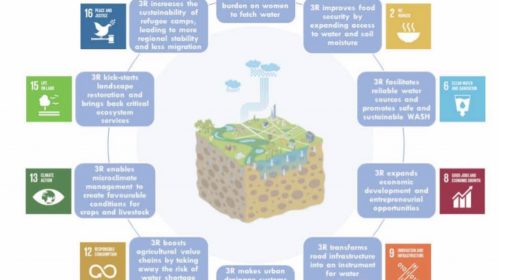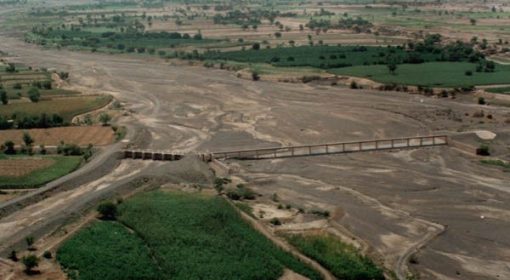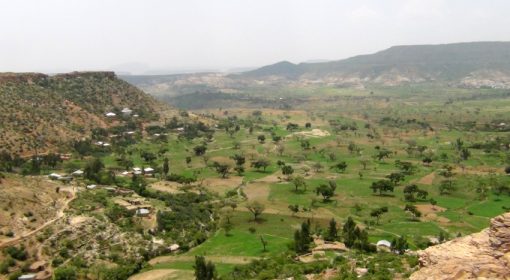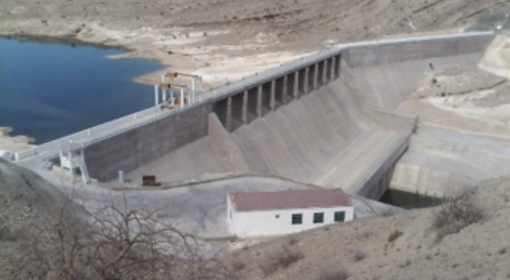Watershed improvement: The upstream – downstream question
Frank van Steenbergen, Tesfa-alem Gebreegziabher Embaye and Eyasu Hagos
April 14, 2017
If we utilize our water better upstream, what will happen downstream? Will water availability decrease? Is watershed improvement a zero-sum game with the gains upstream deducted from the situation downstream, or is it an overall system improvement? Or if we take a broader view of water-related ecosystems services, how does more intense upstream water use have an impact on all relevant ecosystem services in the entire area? Who are the winners and who are the losers?
These are ‘everlasting questions’ that are seldom answered systematically with research. The WLE Harnessing Water for Food and Ecosystem Services project tried to answer them for flood and rain dependent areas (among others) in Ethiopia and Sudan. The research project combined field measurements, interviews with farmers, and a range of models.
The project was implemented between January 2015 and December 2016, bringing together four organizations: the Spate Irrigation Network Foundation, the Hydraulic Research Centre (Sudan), Mekelle University (Ethiopia), and UNESCO-IHE (The Netherlands).
In Ethiopia the research focused specifically on the Raya basin in the north. This basin harbors some of the most prominent flood-based livelihood systems with multiple competing uses and users. They are of substantial size, currently totaling to more than 90,000 hectares of cultivated area with a potential to expand four-folds.
Within the Raya Basin in Ethiopia, two intensely cultivated sub-basins were compared: Guguf – with considerable improvement work having been done on its watershed– and Oda –which had had only sporadic improvements. An indication of how the two compare is the fact that bench terraces, infiltration trenches, stone bund, terracing, grass strips, riparian measures and reforestation in Guguf covered more than twice the area they did in Oda.
The research looked at a range of ecosystems service: run-off and water availability, but also the time and shape with which it comes in the downstream areas. Also observed was the amount of sediment and nutrients (P) retained within the upper catchment and the quantities exported downstream. Following are the main findings:
- The watershed treatment activities had considerable effect on the sediment transport. In Oda sub-catchment, the amount of sediment exported to the stream was much higher than Guguf sub-catchment (on average 44.2 and 4.8 t/ha/year respectively). The difference was largely explained by the watershed treatment activities, although given the shape of catchment the amount of potential soil loss in Oda is also higher. Similarly, nutrient retention was better in Guguf compared to Oda – but the difference was less pronounced: 1.03kg/ha/year against 0.97kg/ha/year on average.
- For Guguf catchment, where many watershed treatment activities were carried out, the volume of runoff produced is 15.3 mm from a rainfall of 144 mm, with the runoff coefficient being 10%. For Oda watershed – the less treated one – the runoff produced is 145 mm but from a rainfall of 327mm only, in other words a runoff coefficient is around 35%. Further, a reduction of 46% in peak runoff is expected in Oda due to additional watershed treatment activities. For Guguf, the figure is 16%.
A big question here was: what were the reduced runoff coefficient and peak runoff in Guguf translating into? Were they translating into increase in water availability for the downstream spate irrigation systems? The answer was: smaller quantities of water, but easier to use, hence less uncontrollable flood peaks and more moderate spate. Also higher base flows and more springs. However, this was also a bit of a problem as it is relatively easy to capture base flows, which deprives the tail end users of the same.


The research also found that the ecosystems associated with water go ‘beyond water’. From farmer interviews, two important, often forgotten dimension of water were uncovered. The first is capillary rise – the upward movement of moisture – that takes place over a long period and feeds the root zone of the plants long after rain or flood events. It is related to the second dimension: the changes to micro-climate. By retaining more water in a part of a sub-basin, the entire local climate changes – fewer temperature peaks, more secure moisture, less drying out.
So to answer the upstream-downstream question: good news! There is win-win rather than zero-sum. The increased upstream retention of run-off through better watershed management in the hilly sub-basin of Raya, does not lead to reduced overall water availability downstream. Flow patterns change though. They become more attenuated and more perennial. This brings a risk to downstream areas: that more of the now improved base flow is captured on the way. To add to the overall positive tally-sheet: watershed improvements produce many other ecosystem services – in particular reduced sedimentation transport and better buffered micro-climates.
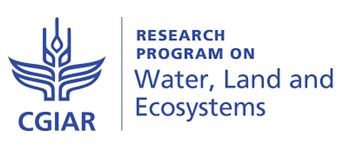 |  | 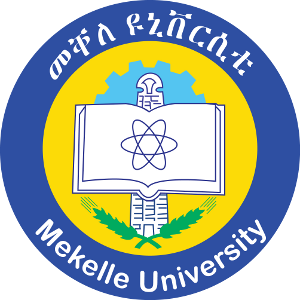 |
{jcomments on}
